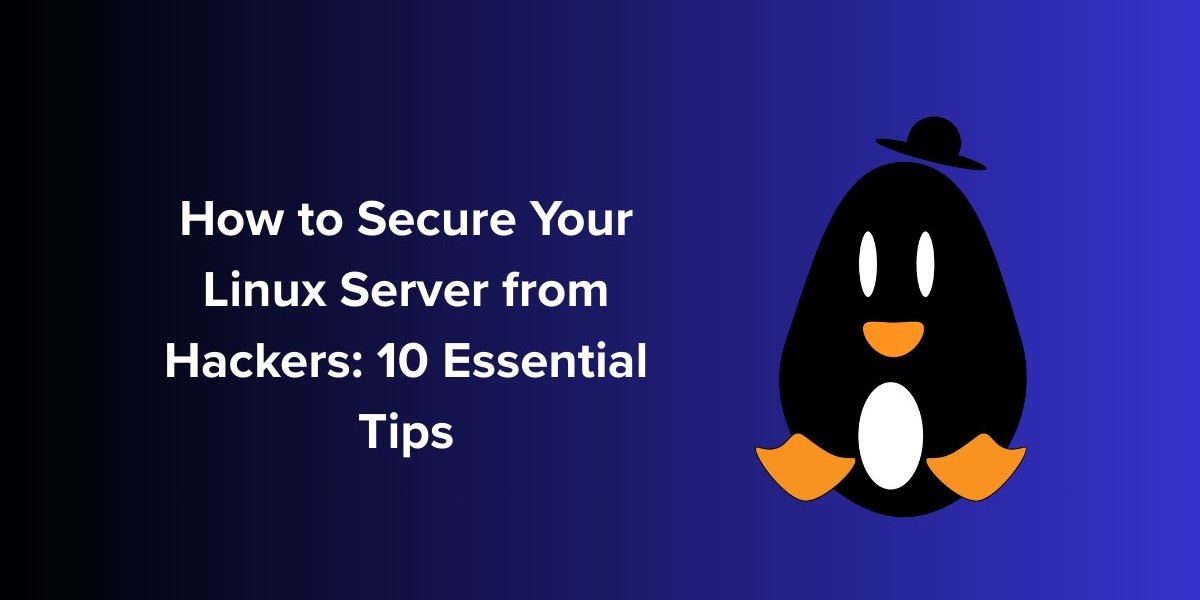Linux servers are known for their stability and security but they’re not immune to cyber threats. As more businesses rely on cloud-based systems, hackers are constantly on the lookout for poorly secured Linux servers. Whether you manage a personal VPS or an enterprise-level system, securing your Linux environment should be a top priority.
Here are essential, no-code security tips to help you keep your Linux server safe from attacks.
1. Disable Root Login
Allowing direct root access is risky. If hackers get the root password, they gain full control of your server. It’s safer to create a new user with limited privileges and use sudo for administrative tasks.
This adds an extra layer of protection and reduces exposure to brute-force attacks.
2. Use Strong Passwords and SSH Keys
Simple passwords are easy to guess. Always use strong, unique passwords and consider disabling password-based logins altogether. Instead, use SSH key authentication—it’s far more secure and nearly impossible to crack.
Also, don’t forget to change your default SSH port from 22 to something less obvious.
3. Keep Your System Updated
Outdated software is one of the biggest vulnerabilities on any server. Always keep your operating system and packages updated with the latest security patches.
Regular updates help close known loopholes and protect you from automated exploits.
4. Install a Firewall
A firewall filters incoming and outgoing traffic, allowing only trusted connections. Tools like iptables or ufw (Uncomplicated Firewall) help you set up simple, rule-based traffic controls.
Make sure to only allow essential ports like SSH (custom port), HTTP, and HTTPS and block everything else by default.
5. Limit Login Attempts
Brute-force attacks happen when bots try thousands of login combinations to break in. You can block these attempts using tools that detect and block repeated failed logins.
Fail2Ban is a popular tool that automatically bans IPs after multiple failed access attempts.
6. Monitor Logs Regularly
Your logs are the first place to detect suspicious activity. Watch for multiple failed login attempts, unknown users, or changes in access patterns.
Log monitoring tools or dashboards make it easier to track real-time events without digging through files manually.
7. Disable Unused Services
Every running service is a potential entry point. If you’re not using FTP, SMTP, or other built-in services—turn them off. Less software running on your server means fewer places for hackers to exploit.
Keep only what’s essential to your server’s purpose.
8. Set Up Automatic Backups
Even with the best security, things can go wrong. Always set up automatic, regular backups of your data and server configuration.
This way, if your server is compromised, you can restore it quickly without losing everything.
9. Use File Permissions Wisely
Ensure that files and folders have the correct permissions—never give write access to everyone, especially in web directories. Use the principle of least privilege to restrict access.
Even small misconfigurations can give hackers a path into your system.
10. Choose a Secure Hosting Provider
No matter how careful you are, your host’s security also matters. Look for a provider that offers:
DDoS protection
Real-time monitoring
Secure data centers
Fast support in case of threats
Arzhost, for example, offers hardened Linux environments with proactive protection, making it easier for users to secure their servers even if they’re not experts.
Final Thoughts
Securing a Linux server doesn’t mean you need to be a cybersecurity expert. With these simple, actionable tips, you can greatly reduce your risk and protect your data from malicious activity.
A secure server starts with awareness, regular maintenance, and the right hosting partner. Stay vigilant and stay protected.







